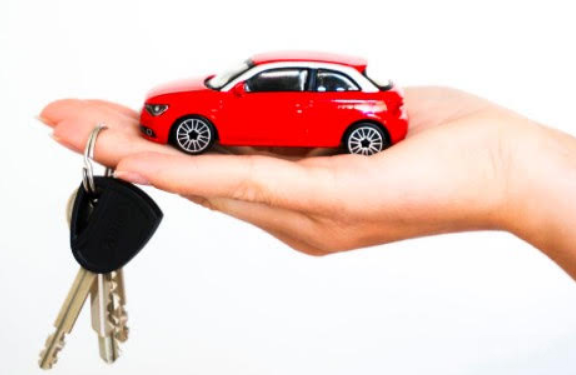
With the average new car transaction price in the high-$30,000 range, monthly payments are higher than ever, even on mainstream cars. Because of this, leasing — formerly reserved for high-end luxury and performance models — has found its way down into the heart of the new car market.
While there are a number of significant advantages to leasing over buying a new car, there remain many benefits to buying as well. Let’s take a look at the difference between leasing and buying a new car.
Leasing — in a Nutshell
Perhaps best thought of as long-term renting, leasing an automobile costs less overall because you only pay for the depreciation it experiences as a result of your use — along with interest and fees. A residual value is established for the vehicle based upon the number miles it will be driven and the historical value of the model. While the leasing company holds ownership of the vehicle, you do have the option to purchase the car for the residual amount at the end of the contract.
Buying — in a Nutshell
When you buy a car, you’ll own it outright. You can pay cash or borrow the money to support the purchase from a bank, credit union or online lender. In the latter circumstance, the lender retains title to the car as security for the loan. Ownership of the vehicle will be transferred once you’ve made all of the payments as required.
Leasing Advantages
Generally speaking, you can get into a lease with less money. Lease terms generally run three years or so, which means you’ll always drive a late model car if you lease continually. This means your cars will always be under warranty, so repair costs won’t be an issue for you. What’s more, at the end of the lease term you just return it and get a new one. You can also write off your lease payments if you use the car for business.
Buying Advantages
You’ll own the car outright once the loan is satisfied. This means you’re free to modify it in any way you’d like. You can drive as much as you want without being overly concerned about how many miles you put on it, too. You can also sell the car at will, as long as you’re willing to use the proceeds to pay off the loan if you have a balance due against it.
The value in the car is yours to do with what you will once the loan is paid off. If you tend to keep cars for a while, you could potentially drive payment free for as many years as you’d like — as long as you pay for upkeep.
Leasing Disadvantages
You don’t own the car, so you’ll have to observe a number of restrictions. Chief among them is the mileage you’ll be allowed to drive before incurring a penalty. You’ll also be expected to keep the car in tip-top condition so it can be easily resold when the lease has run its course.
Insurance is more expensive when you lease vs. buy because leasing requires full coverage at the maximum liability limits. You’ll also need a higher credit score to qualify for a lease than a buy. And, of course, once you’ve paid off the lease all you’ll have is the freedom to get another one.
Buying Disadvantages
Up-front costs are higher, as you generally need a more significant down payment. Monthly payments are also higher because you’re paying off a larger amount. If your credit score is marginal, you’ll also pay a higher interest rate, which will make buying the car more costly. You’re also responsible for all maintenance.
Simply put, the difference between buying and leasing a new car primarily comes down to the amount of money you’ll spend. Buying costs more, but you’ll own the car. Leasing costs less, but you won’t.
Disclaimer: This content does not necessarily represent the views of IWB.